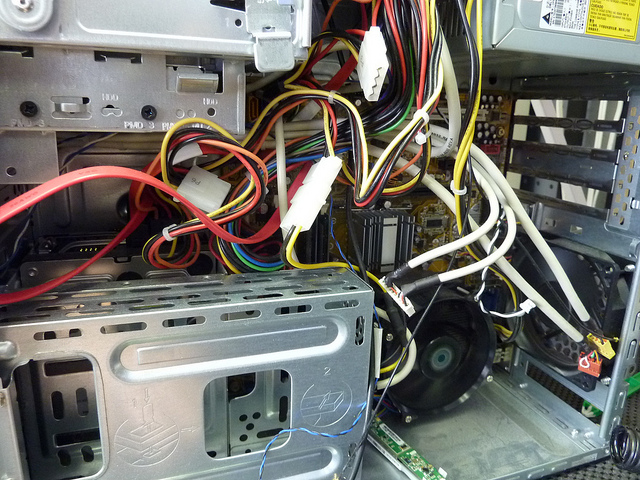Getting Into Tech Support: Five Tips for Would-Be Computer Technicians
In this article, we’ll reduce the career advice of several long-time technical support gurus to five easy-to-manage tips essential for anyone looking at a career in the technical support industry.
1. Understand the importance of the customer’s hardware.
A laptop can be much more than just a computer. It can be a treasure trove of memories, the core of a business, or a vital means of communication. When a tool so central as a computer goes wrong, the likelihood is that this has significant impacts on some important process in your customer’s life. Whether it be lost photos, videos or documents, the prospect of losing a laptop can seem as appealing as losing a limb. No matter what you do, start with some empathy: let the customer know you feel their loss, and you’re on their side to get everything back you can.
2. Be efficient.
You might think that no one enjoys hanging around in a computer shop for hours while his or her laptop gets fixed. In fact, this is not true. Remember, a customer’s machine may be deeply important to them: they will probably want to hang around to watch you fix it. This is a serious problem if you are, like the majority of technical support professionals, working to a timeframe. Customers slow the process down with questions and comments, and increase the pressure on you. You have two good choices (and a world of bad ones): either you get rid of the customer sensitively (“why not grab a cup of coffee while I do what I can?” is a useful line in any technician’s arsenal), or you confidently take the lead and talk through steps as you’re doing them. Try not to focus too much on the customer’s questions as you do so; you’ll get sidetracked in to reorganizing their iTunes library, setting up e-mail on their phone and explaining how to use a mail merge. You’re there to fix their computer (politely), and they should be aware of that. Occasionally they need reminding.
3. Educate wherever possible.
Ignorance is the enemy of smooth operation. Technical support professionals may well be the only contact a customer has with an IT expert of any kind; take the opportunity to explain best practices to them. Not only does this avoid future occurrences of the problem (and help them avoid a host of related ones), but it also gives the customer the sense that the time spent with you has been worthwhile in more ways than fixing their hardware. Everybody likes to get something for nothing. Share your knowledge.
4. Make up stock analogies for everything.
Analogies are the deus ex machina of the technical support world. If you’d like to know why, consider how you might explain to an angry, technologically unaware customer that the seemingly infinitesimal amount of moisture in their laptop has fried the logic board. Analogies are your best friend; they educate, they’re efficient, and they convey your expertise. We’ve worked with tech folk in the past who’ve had beautiful, extensive explanations for processes as obscure as RESTful interfaces, virtualization and stripe RAID. These are gold: your customer can leave with a very genuine insight in to how some of the most complex systems on earth actually work. Let them know the value of these, and explain it on their terms.
5. Have some stock replies ready.
Can you tell, off the top of your head, how to speed up your computer? Can you then explain it in a way that seems friendly, non-threatening, and solutions-focused? Can you explain why moisture shouldn’t hang out with circuit boards? If you can’t – in fewer than twenty words – learn some stock responses, quick. Make sure you can say them while working on something else. It makes you efficient and customer-centric and demonstrates your professionalism and expertise.


















